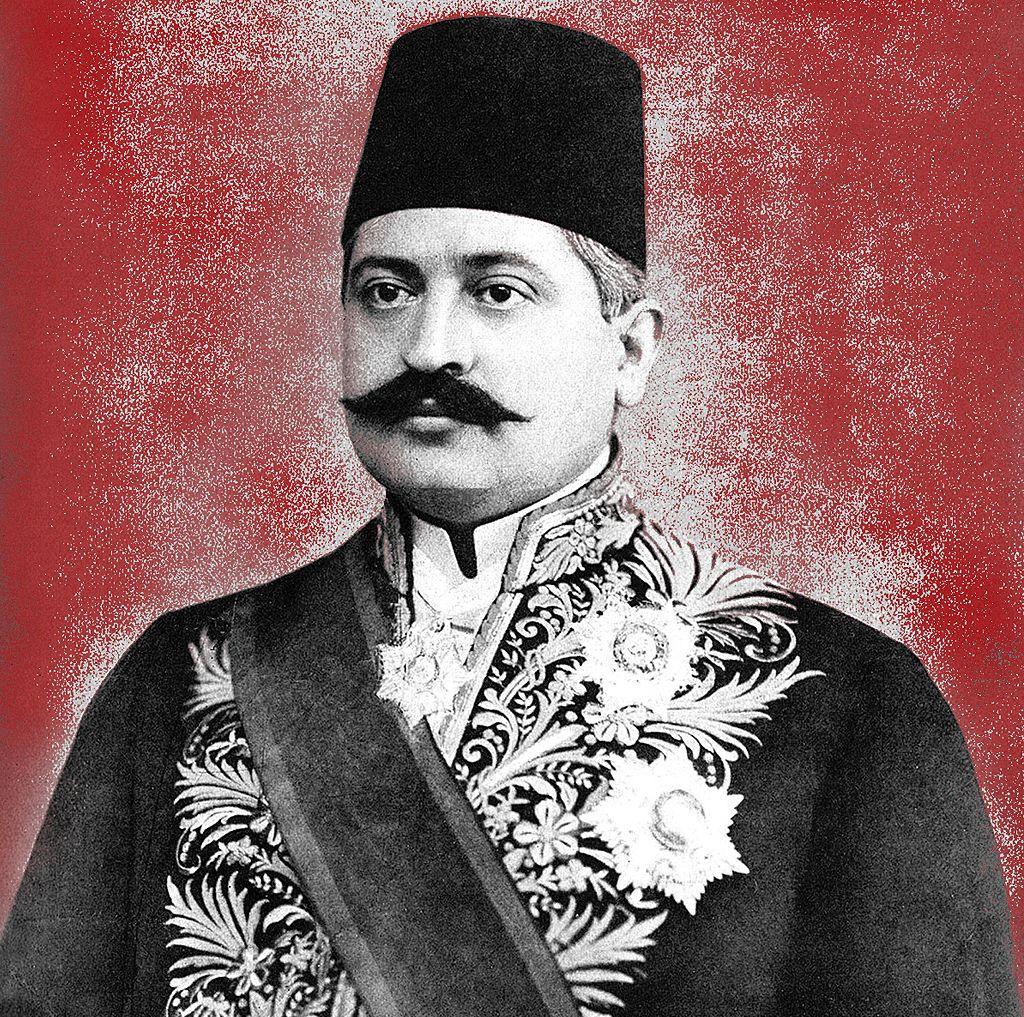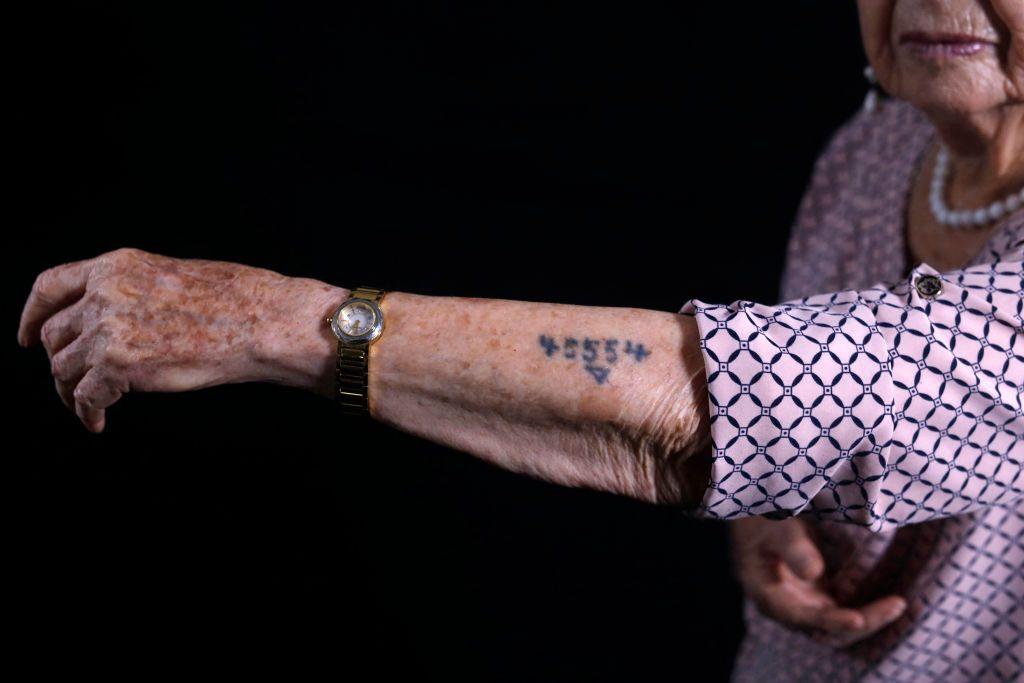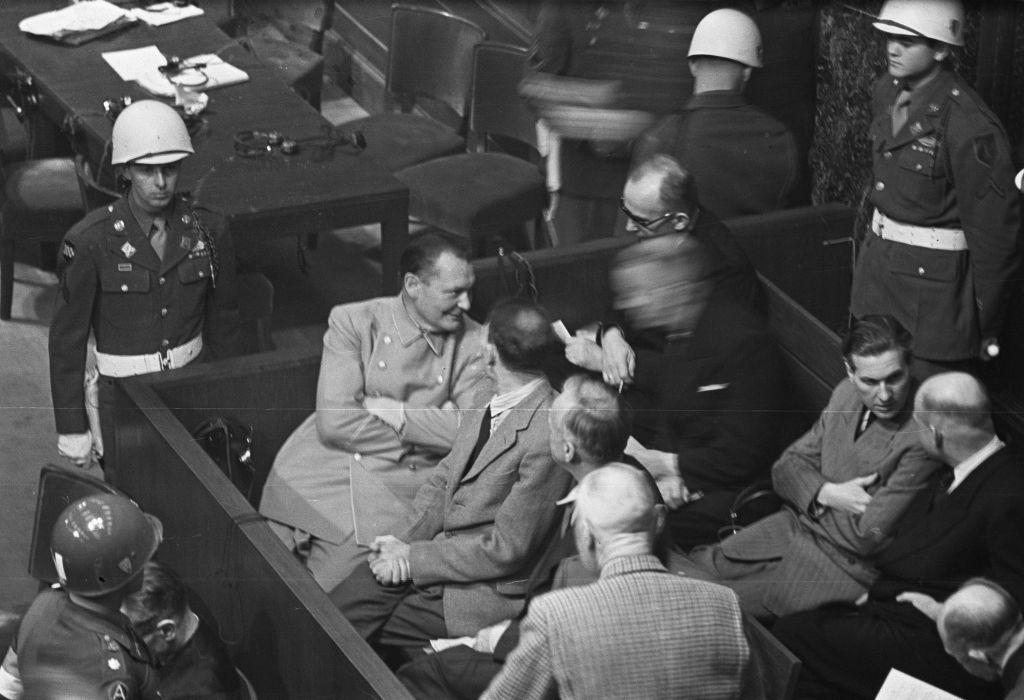Winston Churchill called him in 1944 “The crime without a name.”
And there was no term, a word, to express the gigantic and huge barbarism that the Nazis committed against the Jewish people, which according to the calculations resulted in the murder of six million men, women, boys and girls.
Two out of three Jews who were counted in Europe before World War II were exterminated.
Only in August, September and October 1942, the Nazis perpetrated around half a million murders of Jews, that is, they killed 15,000 every day, according to A published study led by Lewi StoneProfessor of Mathematics at the University of Tel Aviv.
However, there was no word with which to call that killing against a group carried out in an organized and industrial manner, something unknown until then.
There was no term to designate the crime of the systematic and deliberate extermination of an entire people or great human collective.
That “crime without a name” finally managed to have one thanks to the effort and the determination of a Polish Jew.
It was called Raphael Lemkin and it was he who coined the term “genocide”, a word that created from the Greek noun “genos” (race, people) and the Latin suffix “cide” (kill).
Thanks to its efforts, genocide, defined as “acts committed with the intention of destroying, totally or partially, a national, ethnic, racial or religious group,” was recognized by international law.
Precisely, the same crime as this week a United Nations Research Commission He concluded that Israel has committed against the Palestinians during his offensive against Hamas in Gaza. Tel Aviv’s government denies it.
The day everything changed
There is a date in the biography of Lemkin, born in 1900 in Bezwodne (then belonging to the Russian Empire, from 1919 to Poland and from 1945 to Belarus), which marked his life: on March 15, 1921.
That day, in Berlin, a young Armenian named Soghomon Tehlirian murdered Talat Passha in the street, who until three years before had been Minister of the Interior of the Ottoman Empire.
He did it for revenge, because he considered Passo responsible for the massacre that his village suffered by having been the main orchestra of the persecution of the Armenians domiciled in the Ottoman Empire during World War I.
According to several sources, between 1915 and 1923, around a million and a half of them were exterminated.

Lemkin was then 20 years old, lived 885 kilometers from Berlin and studied linguistics.
But when the trial for murder started against the young Armenian (who, by the way, was acquitted) and came to light details of the extermination suffered by his people at the hands of the Turks, he felt deeply shocked.
So much that he decided to park linguistics and devote himself to law.
“I realized that the world had to adopt a law against such racial or religious murders,” Lemkin written in his autobiography, entitled “totally unofficial.”
And to that he dedicated his life from that moment: to ensure that, in the name of universal justice, international law would typify a law that condemn that kind of mass murders.
Already before, with only 12 years, he had given himself from Bruces with the concept of genocide when he read “Quo Vadis”, Henryk Sienkiewicz’s novel, especially when he reached the passage in which Christians were thrown into the lions.
At first, and not having a specific word to name those killings, Lemkin designated them as “barbarism crimes,” understanding those “exterminating actions” carried out by “political and religious” reasons.
“When a nation is destroyed, it is not the burden of a ship that is destroyed, but a substantial part of humanity, with a whole spiritual inheritance that all humanity shares,” he said in the document he prepared to present at the Conference on Criminal Law that in 1933 took place in Madrid.
But finally he could not attend: the Polish authorities did not want to enharge with Hitler – who already in 1919 had written that the “Jewish issue” had to be resolved through the total elimination of the Jews from Europe through efficient planning – and denied him the visa to travel to Spain.
And that by then Lemkin was already a jurist of great prestige.
Bealed from Poland
As a Jew that was things more and more difficult for him in Poland, especially after the Nazis occupied it in 1939.
Luckily, that same year he managed to escape from his country and the atrocious destiny that awaited him there.
His parents failed to flee and were killed in the Auschwitz extermination field.
In total, Lemkin lost 49 relatives in the Holocaust.
As for millions of Jews, for Lemkin it was a terrible experience that convinced him even more of the need to typify in international laws a massive murder for which there was still no name.
“Something unprecedented, scary, happened,” in the words of the Israeli historian and expert in studies on the Holocaust, Yehuda Bauer.
“For the first time in the bloody history of humanity, in a modern state, in the center of a civilized continent, a decision was launched whose objective was to locate, register, mark, isolate from its surroundings, disposses, humiliate, concentrate, transport and kill each of the members of an ethnic group.”

Lemkin set towards the United States, and there he dedicated himself to denouncing with a firm and clear voice the brutalities of the Nazis while teaching at Duke University, in North Carolina.
In 1944 he published the book “The power of the axis in occupied Europe”, in which he broke all the atrocities committed by the Nazis with the aim of exterminating the Jewish people and where for the first time the word “genocide” appears.
But “genocide” was just a way of giving name to what until then did not.
Lemkin’s great fight concentrated on getting international legislation recognizing the crime of genocide.
In search of a law
In Nuremberg’s trials (the processes that started in November 1945 in that German city and in which leaders and collaborators of the Nazi regime) were seated on the bench, the prosecutors used the word “genocide.”
But it did not appear written in any of the 190 pages of the sentence.
All 18 convicted in Nuremberg were for crimes against humanity, not for genocide.
“The darkest day of my life,” Lemkin lamented.

However, a year later, in December 1946, the General Assembly of the newly created UN approved Resolution 96, where for the first time in international legislation there was talk of “crime of genocide”, understanding by such “a denial of the right of existence to entire human groups, in the same way that homicide is the denial of a human individual of the right to live.”
And it concludes: “The General Assembly affirms that genocide is a crime of international law that the civilized world condemns and for which the authors and their accomplices must be punished.”
The Convention for the Prevention and Sanction of the Crime of Genocide was approved by the UN in 1948 and, subsequently, ratified by each of the Member States.
The International Court of Justice (the main judicial body of the United Nations, established in 1945 and based in The Hague) would be commissioned from that moment to judge the crimes of genocide.
Lemkin invested his whole life and all his savings in getting that.
In fact, when at 59 a heart attack ended with him, he was in the most absolute misery.
But he had achieved his goal.

Remember that you can receive world BBC notifications. Download the new version of our app and act..
